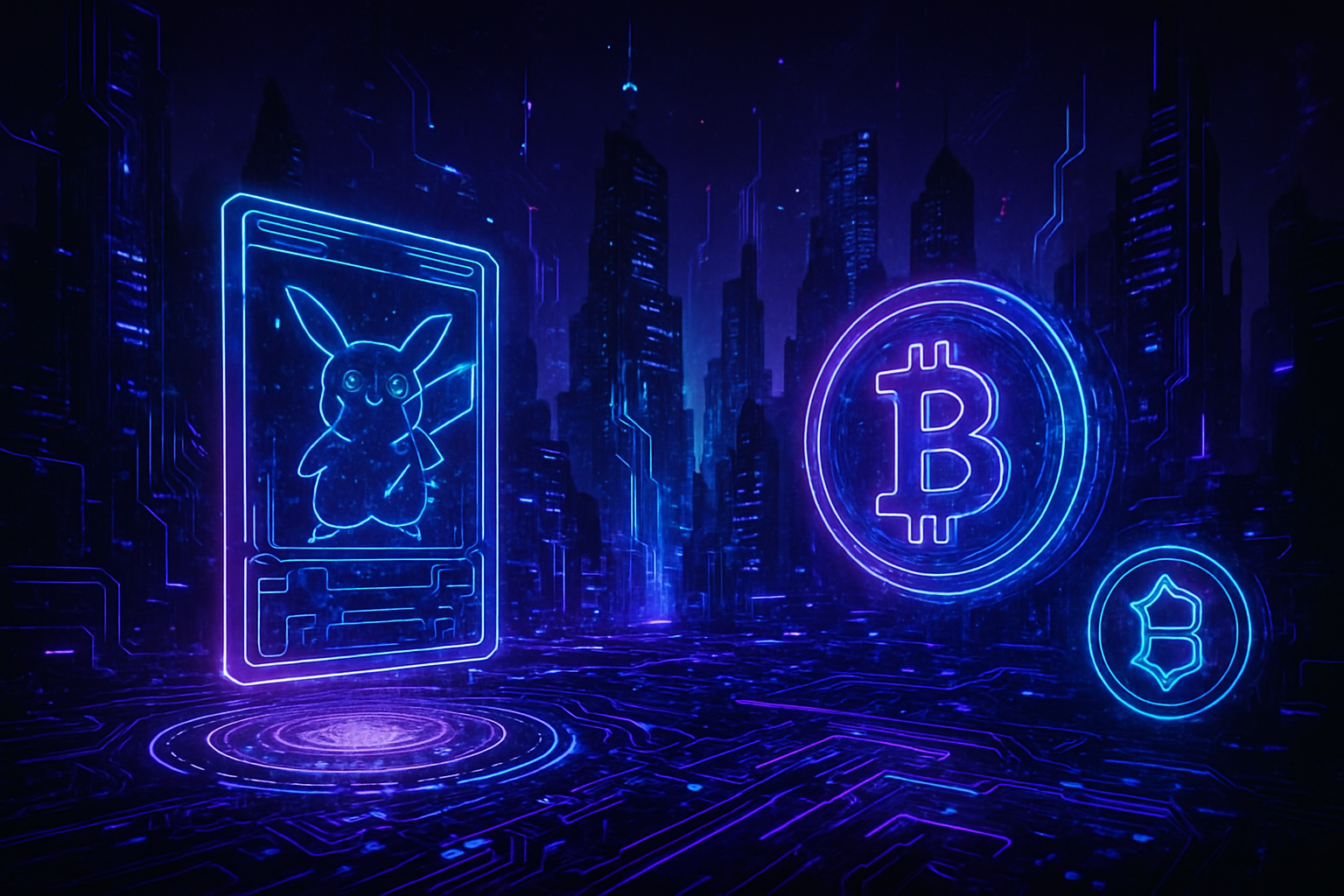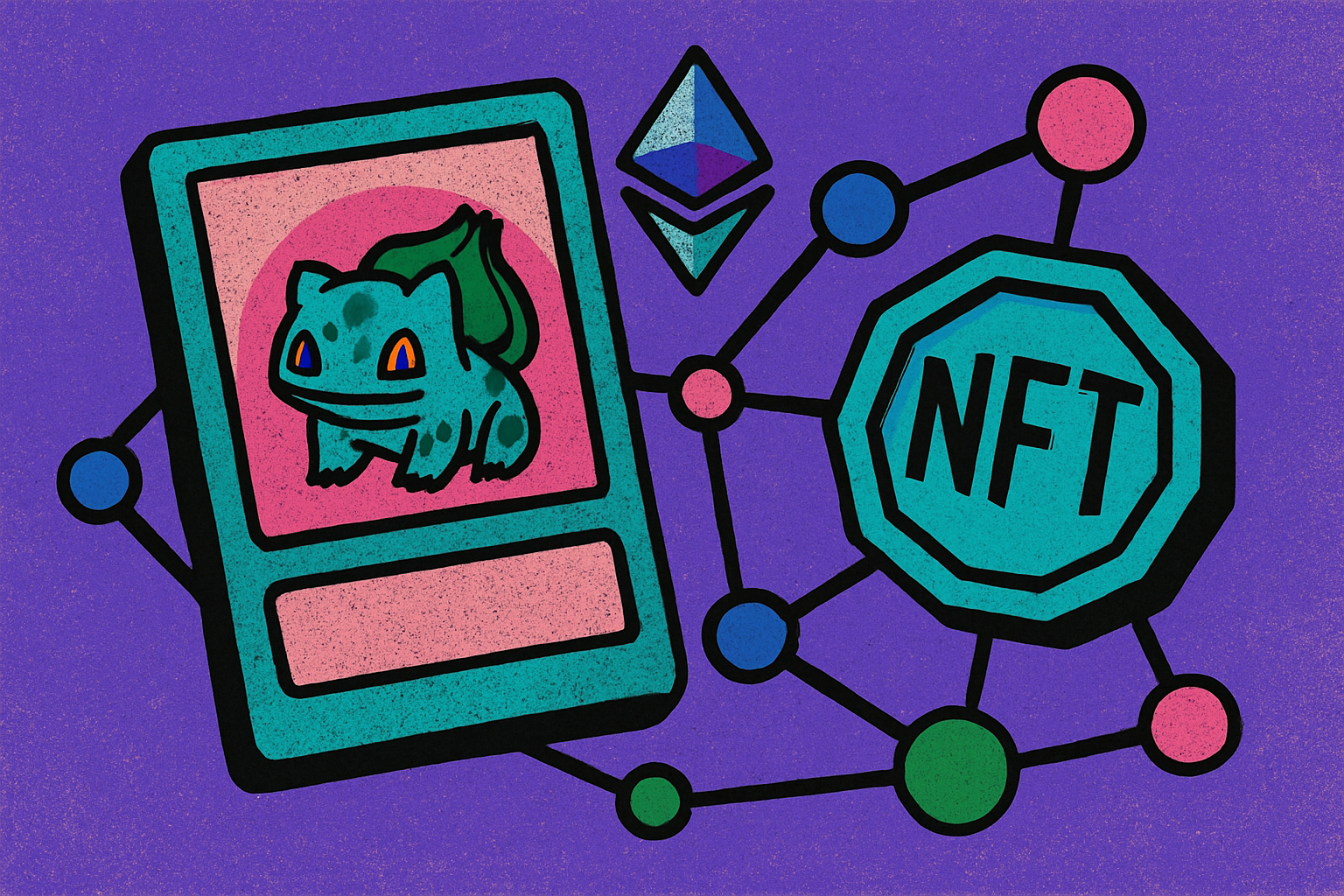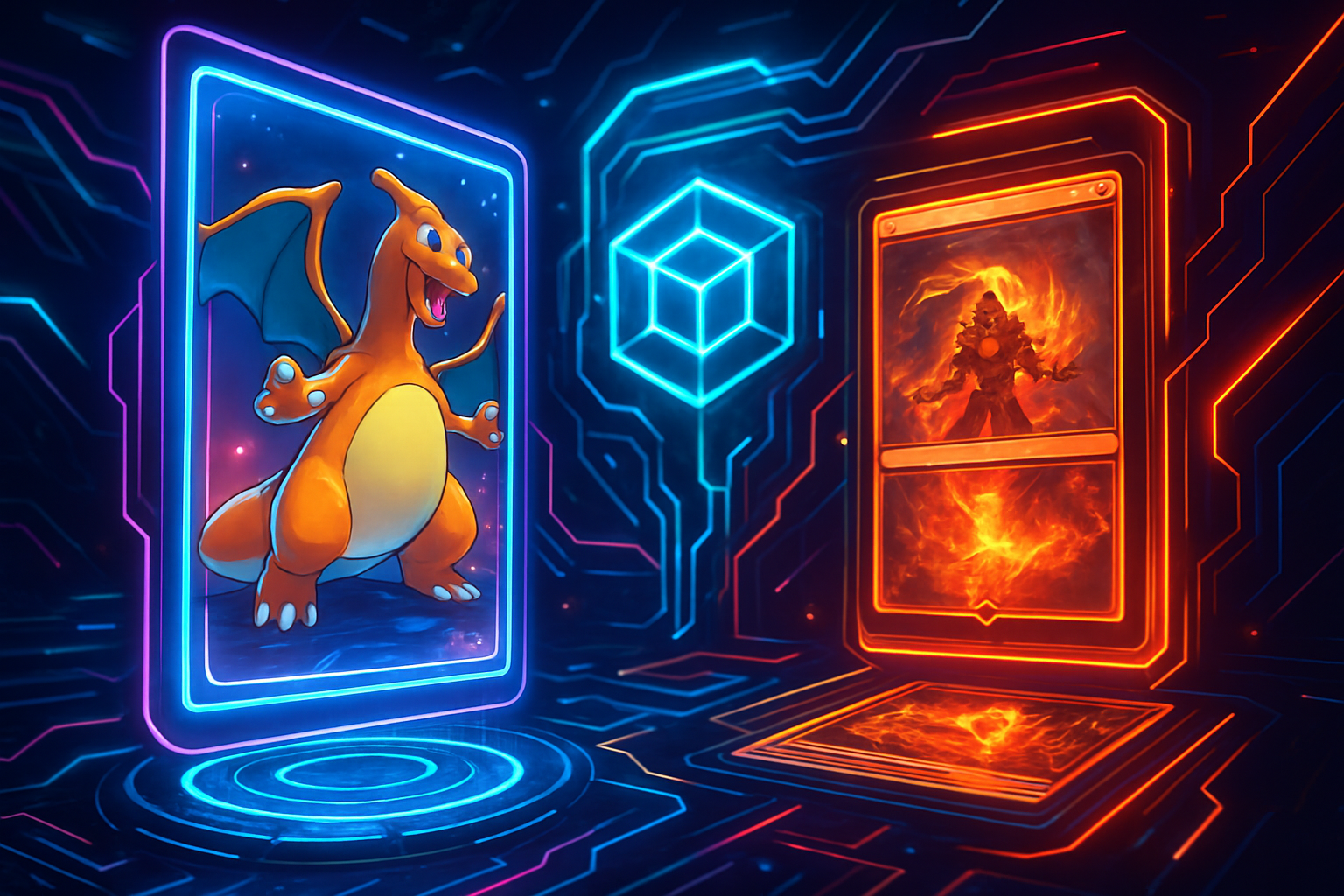
The world of Pokémon and Magic: The Gathering cards is undergoing a seismic shift. What was once the domain of passionate collectors and competitive players is rapidly transforming into a high-stakes digital marketplace, powered by blockchain technology and the real-world asset (RWA) movement. In 2025, tokenized trading cards are not just collectibles, they are liquid, secure, and globally accessible assets, with Pokémon card trading volumes hitting an impressive $124.5 million in August alone. This is more than a trend; it’s the next evolution in how we perceive ownership, value, and investment in collectibles.
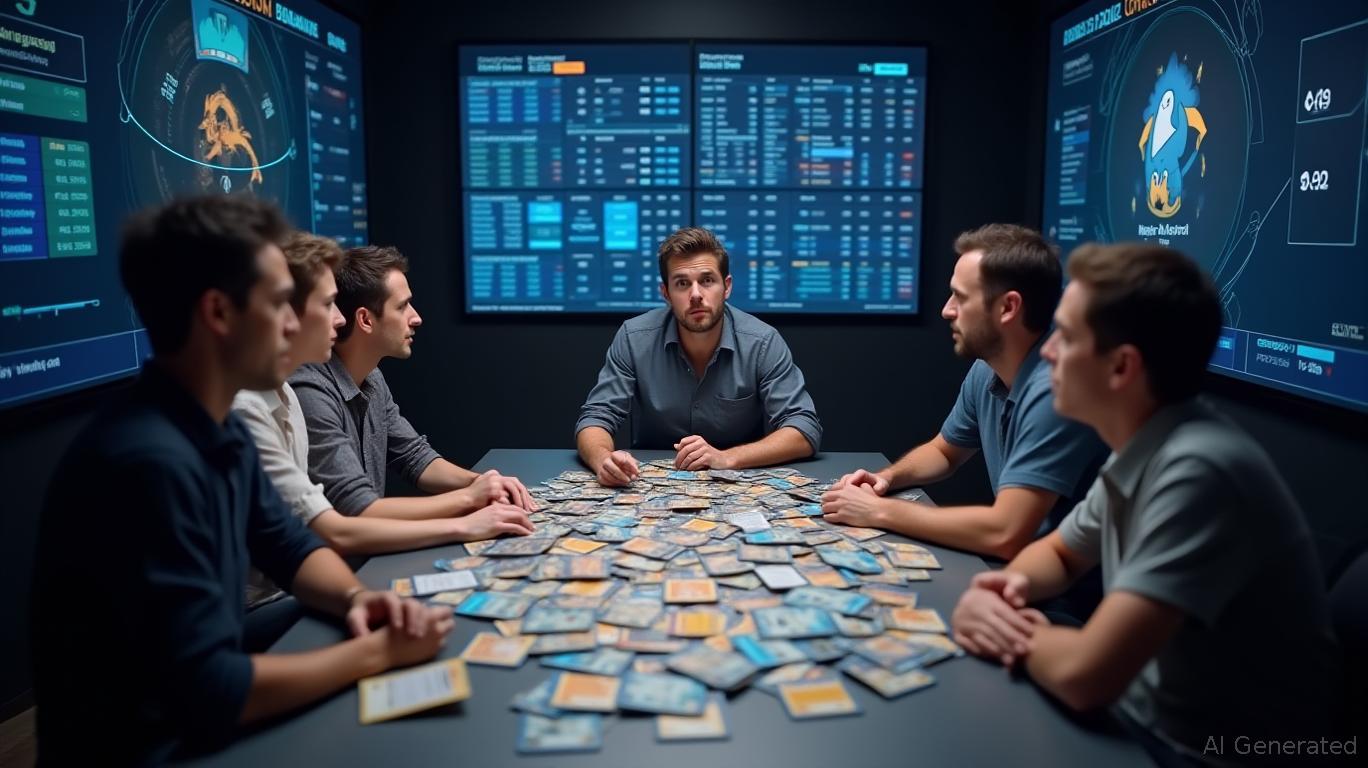
From Cardboard to Crypto: How Real World Asset Tokenization Works
At its core, real world asset tokenization is the process of converting a physical item, like a 1st Edition Holo Charizard or Black Lotus, into a unique digital token on the blockchain. Each NFT represents actual ownership of that physical card, which is authenticated, graded, and securely stored by trusted partners such as Courtyard or Collector Crypt. This isn’t just about minting an image; it’s about creating a verified bridge between tangible assets and digital markets.
The workflow typically looks like this:
- You submit your rare card to a platform like Courtyard for authentication.
- The card is professionally graded and stored in a vault.
- A corresponding NFT is minted on-chain, your proof of ownership.
- You can trade this NFT instantly with anyone worldwide or redeem it for the actual card at any time.
This system addresses two major pain points in traditional trading card markets: fraud risk (no more counterfeits or disputed conditions) and illiquidity (no more waiting weeks for an auction to close or worrying about shipping damage). Blockchain-based ownership records are immutable and transparent, giving both collectors and investors peace of mind.
Pioneers Leading the Pack: Magic Eden and Courtyard
The RWA revolution isn’t theoretical, it’s already happening at scale. In October 2023, NFT marketplace Magic Eden partnered with Collector Crypt to launch a curated collection of 100 tokenized Pokémon cards. These NFTs are fully backed by their physical counterparts; holders can redeem them for legendary cards like the 2000 Gym Challenge Blaine’s Charizard or Gold Star Flareon-Holo. For more details on how this works in practice, see this Magic Eden case study.
Meanwhile, Courtyard has teamed up with Polygon to make submitting physical cards seamless for collectors everywhere. Once submitted, your card is authenticated and stored securely while you receive its NFT twin on-chain, ready to trade at any moment. This approach has fueled explosive growth; as of August 2025, Courtyard led the market with $78.4 million in trading volume out of the total $124.5 million across all platforms (read more here). The days of worrying about shipping losses or payment scams are fading fast.
Pushing Past Borders: Liquidity and Global Accessibility Redefined
The biggest breakthrough here isn’t just security, it’s liquidity and accessibility. With platforms like tcgonchain. com leading innovation in pokemon cards crypto, anyone from Tokyo to Toronto can buy or sell high-value cards without ever touching them physically. No customs forms or language barriers, just instant transactions on-chain backed by real-world vaults.
Key Benefits of Trading Card NFTs as RWAs
-
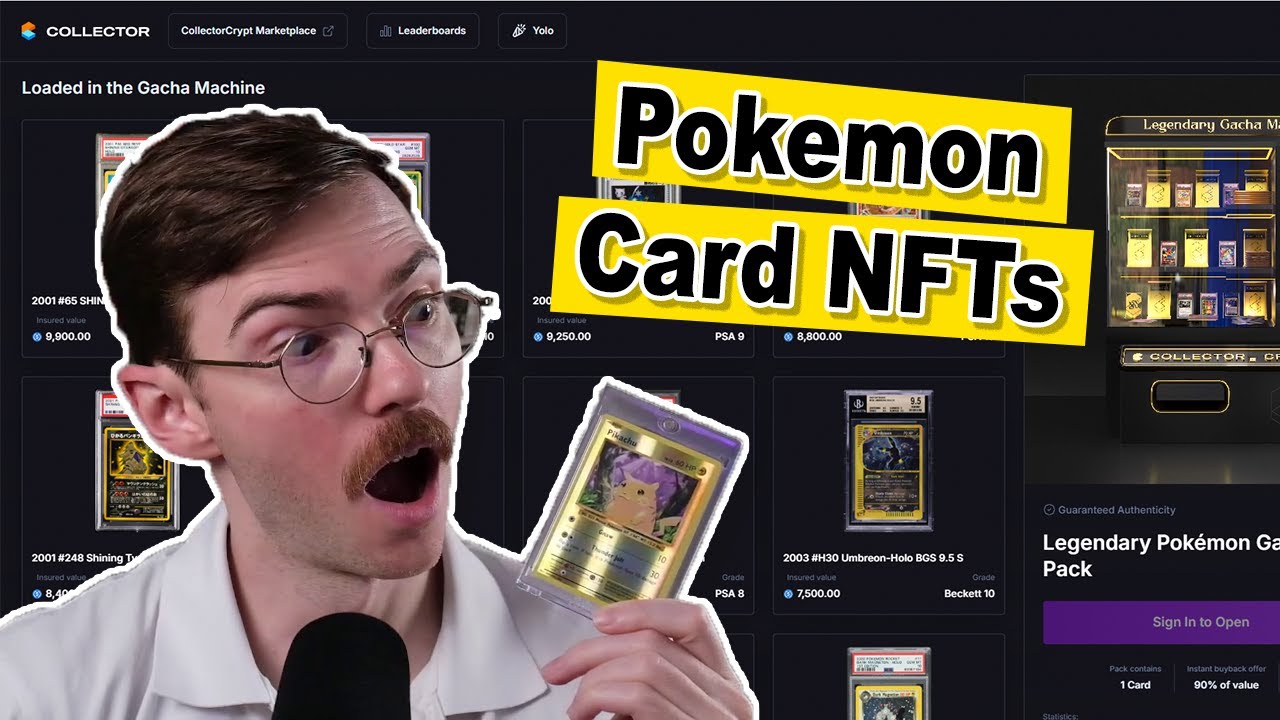
Instant, Borderless Trades: Tokenized Pokémon and Magic cards on platforms like Courtyard and Magic Eden enable collectors to buy and sell cards globally, 24/7, without physical shipping delays.
-
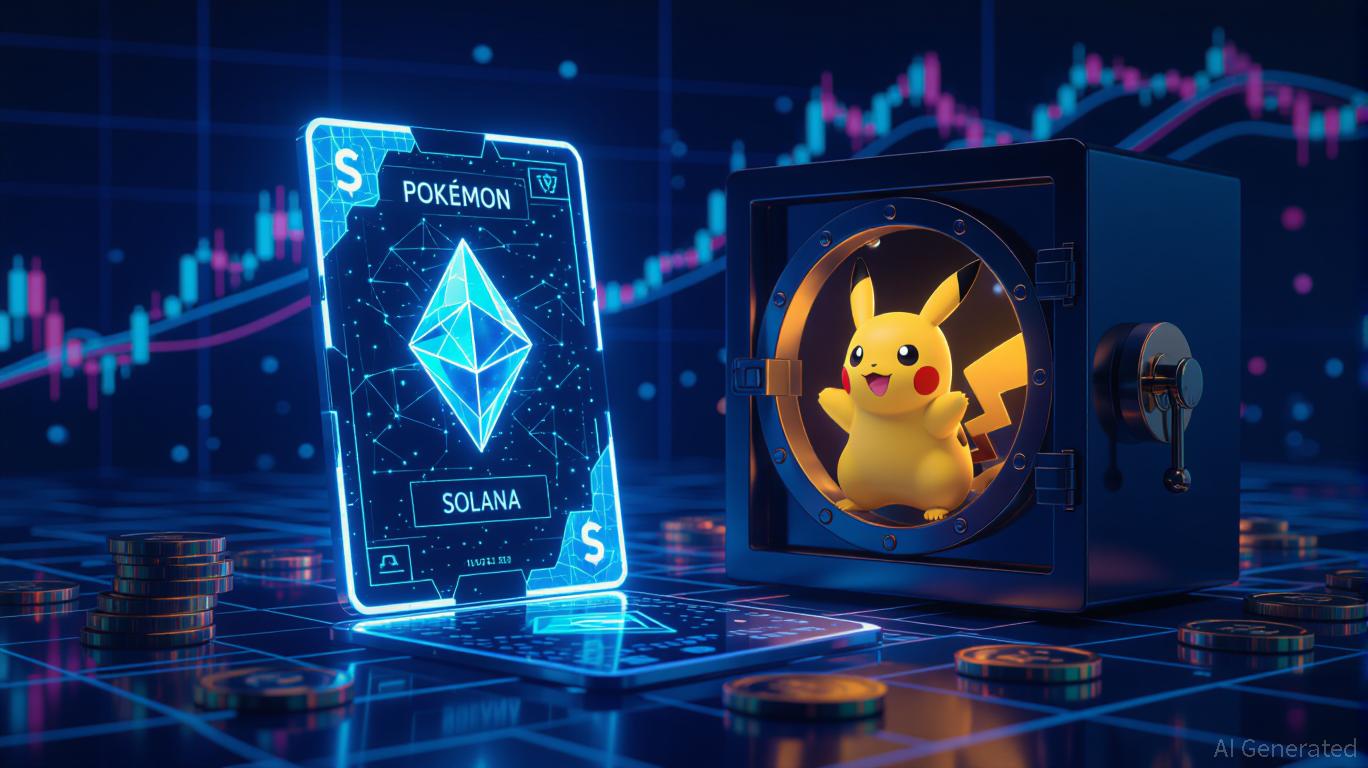
Fraud Protection & Authenticity: Each card is authenticated, graded, and securely stored before being tokenized as an NFT, providing transparent ownership records and reducing the risk of scams or counterfeit cards.
-
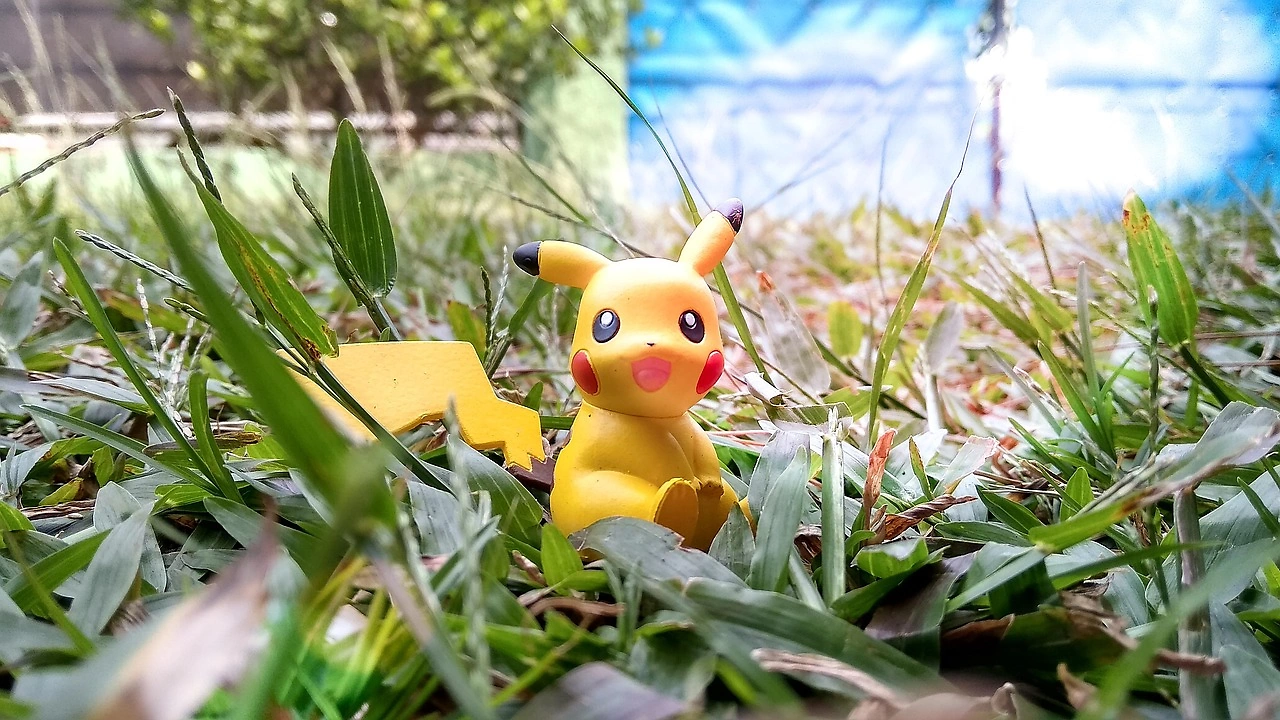
Enhanced Liquidity: Tokenized trading cards can be exchanged instantly, as shown by August 2025’s $124.5 million in trading volume—a 5.5-fold increase since January—making previously illiquid collectibles easily tradable.
-
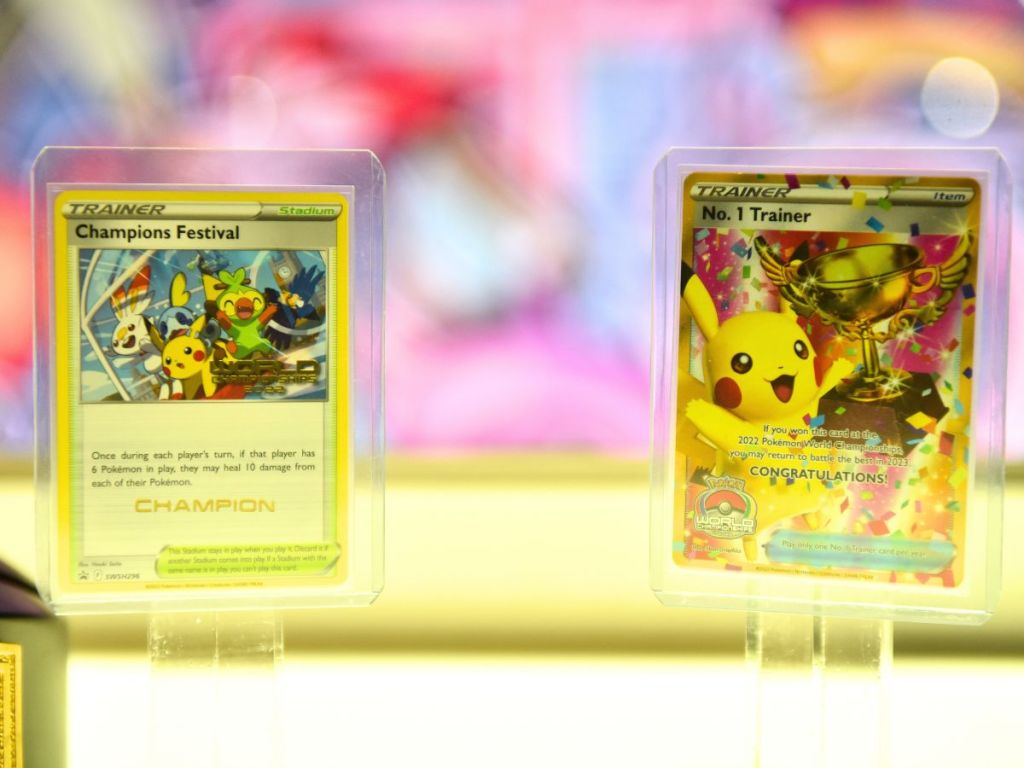
Global Accessibility: Blockchain-based trading platforms remove geographical barriers, allowing anyone worldwide to participate in the $21.4 billion Pokémon card market as digital asset owners.
-
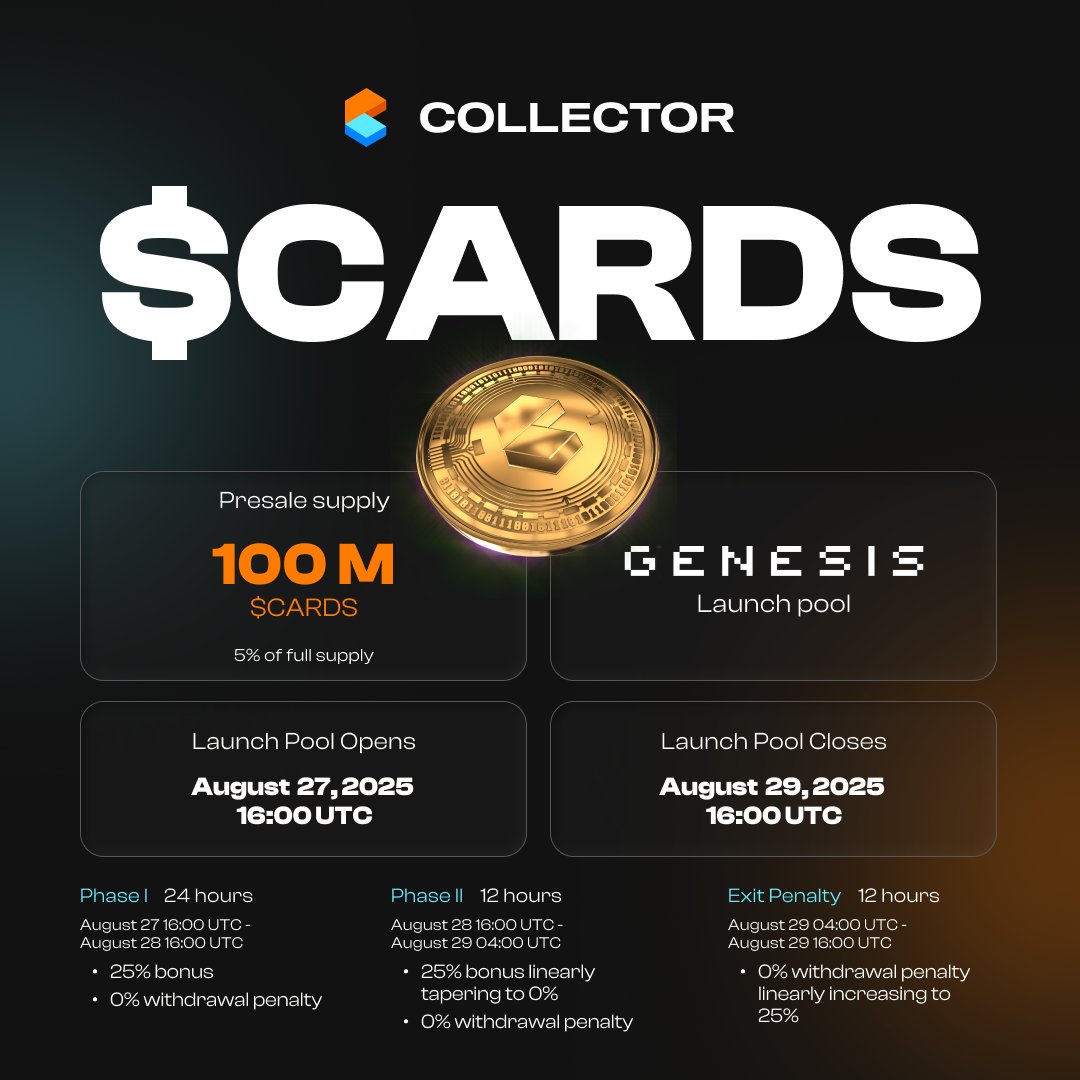
Physical Redemption: Initiatives like Magic Eden x Collector Crypt let NFT holders redeem their tokens for the actual physical card, ensuring that digital ownership is always backed by real-world value.
This democratization opens doors for new entrants who previously found collectible markets opaque or intimidating. Now that every transaction is recorded transparently on-chain, and every asset can be traced back to its vault, you don’t need to be an expert grader or auction house veteran to participate confidently.
As trading card NFTs become more mainstream, collectible RWAs on the blockchain are attracting not only traditional collectors but also crypto investors and DeFi enthusiasts. The numbers speak for themselves: in August 2025, trading volumes for tokenized Pokémon cards reached $124.5 million, with Courtyard alone accounting for $78.4 million and Collector Crypt securing $44 million. These figures mark a 5.5-fold surge since January, confirming that tokenized cards are now a legitimate asset class with real liquidity and price discovery.
Beyond Collecting: Investment, Lending, and Utility
This wave of tokenization is also unlocking new financial utilities. As platforms like tcgonchain. com continue to innovate, holders of trading card NFTs are exploring collateralization and lending options using their digital assets. Imagine staking your tokenized Black Lotus or Charizard as collateral for a crypto loan, or fractionalizing ownership to access liquidity without selling your prized card outright. While practical limits exist, such as volatility and market depth, these experiments are reshaping what it means to be a trading card investor in 2025.
Security remains paramount. Each step, from authentication to storage to NFT minting, is managed by trusted custodians with transparent audit trails. This drastically reduces the risks of fraud, theft, or loss that have plagued physical collectibles for decades.
What’s Next? The Expanding Universe of Trading Card RWAs
The success of Pokémon and Magic the Gathering RWA projects is only the beginning. With robust infrastructure in place, expect to see other high-value collectibles, sports cards, luxury watches, even rare comics, joining this ecosystem. As more collectors recognize the benefits of real world asset tokenization, liquidity will deepen and markets will mature.
Platforms like tcgonchain. com are already positioning themselves at the forefront by offering seamless onboarding for both seasoned collectors and crypto natives. Their focus on authenticity, instant trades, and global accessibility is setting new standards for what’s possible in collectible markets.
Traditional Collecting vs Blockchain-Based Card Ownership
-
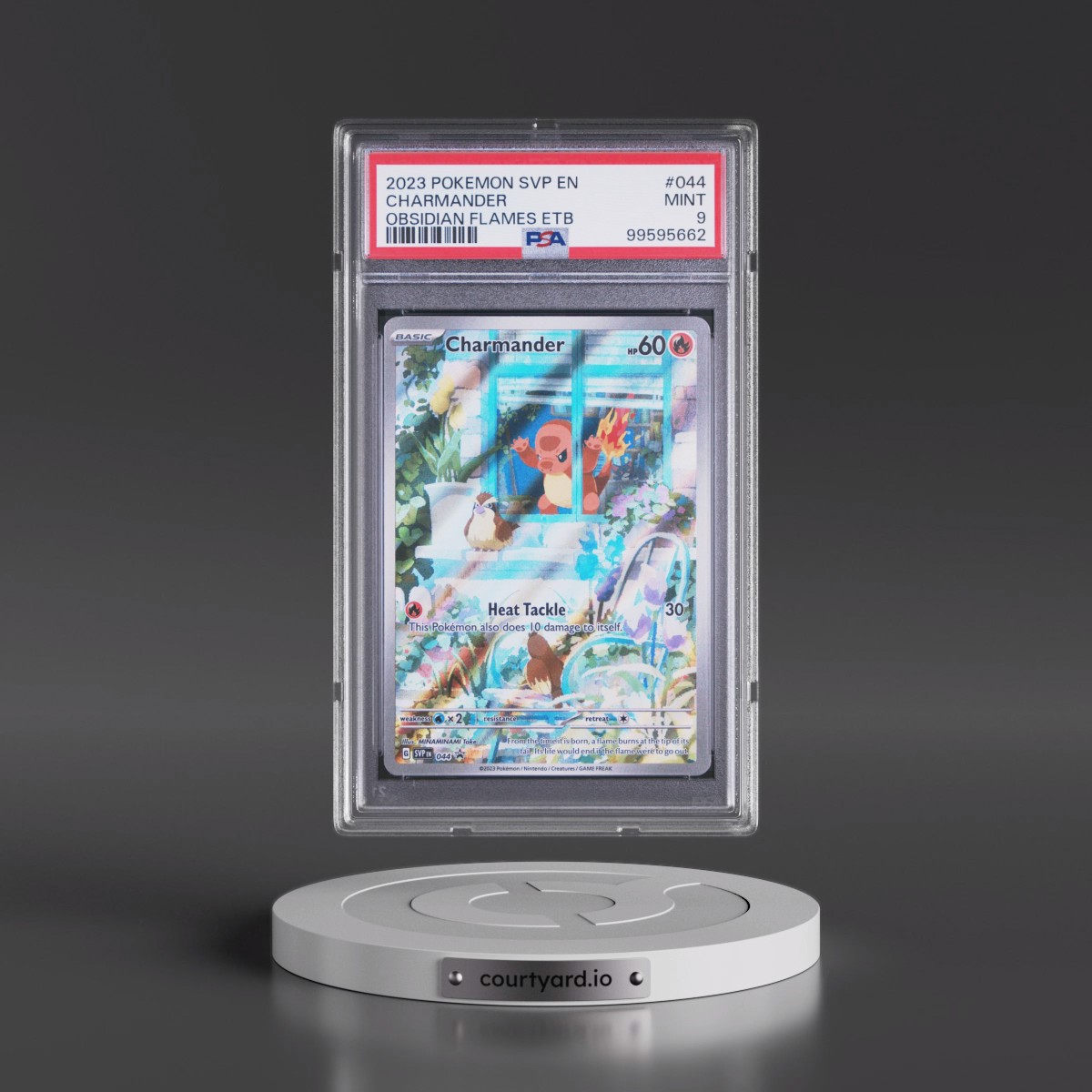
Physical Card Storage vs Secure Digital Custody: Traditional collectors store cards in binders or vaults, risking damage or loss. Blockchain platforms like Courtyard authenticate, grade, and securely store cards, issuing NFTs that represent real assets.
-
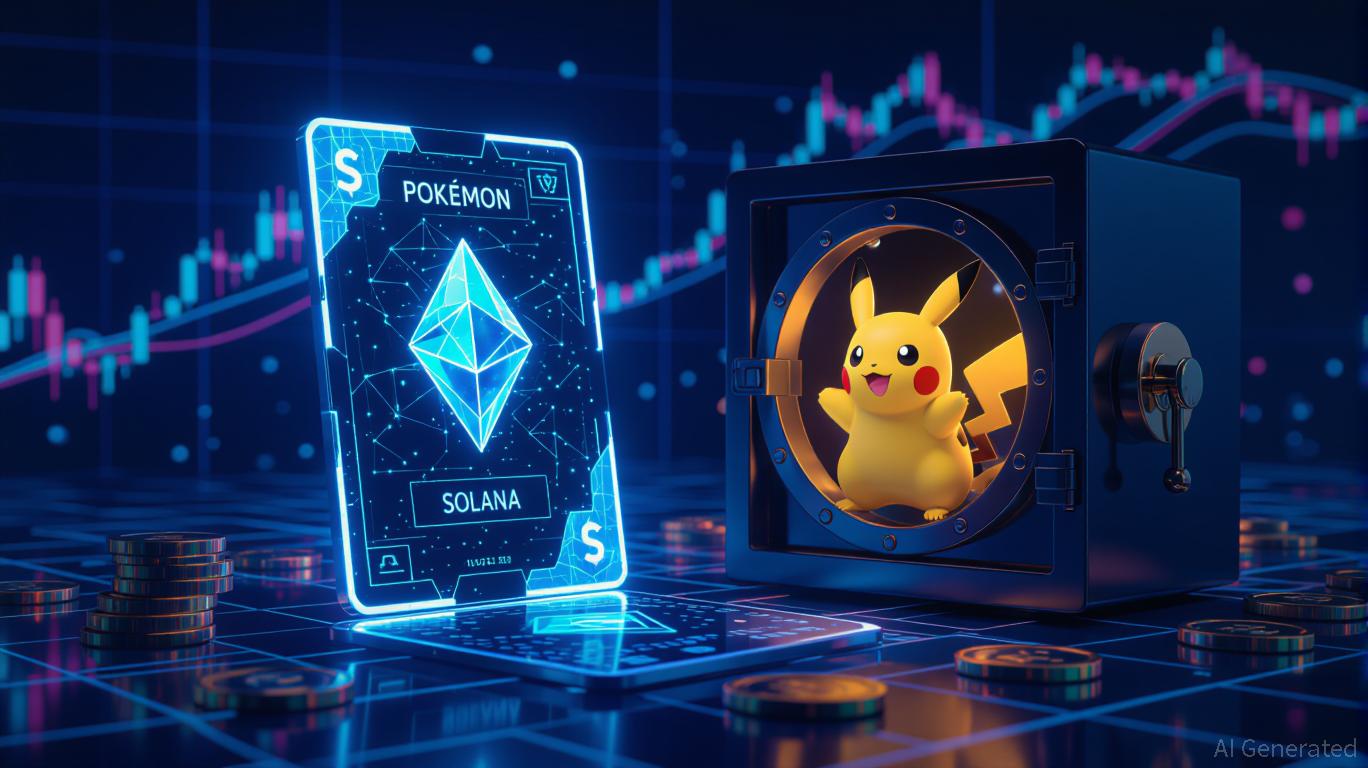
Manual Trading vs Instant Global Transactions: Traditional trading requires in-person meetups or shipping, which can be slow and risky. Blockchain-based platforms enable instant, borderless trades of tokenized cards, as seen with Magic Eden and Collector Crypt’s tokenized Pokémon collections.
-
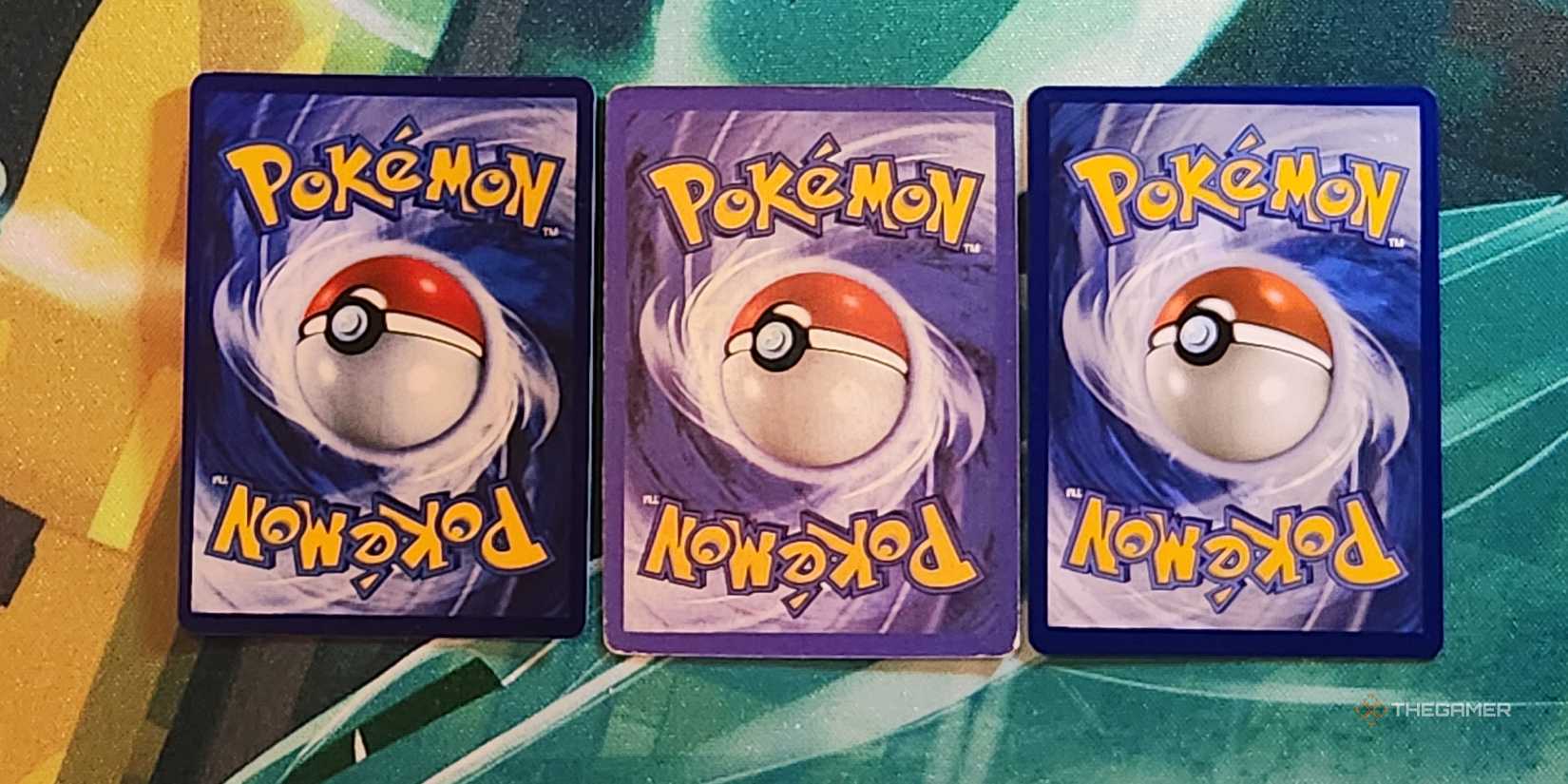
Risk of Counterfeits vs Blockchain-Proven Authenticity: Physical card markets are plagued by forgeries. Blockchain tokenization provides immutable ownership records and transparent provenance, dramatically reducing fraud.
-
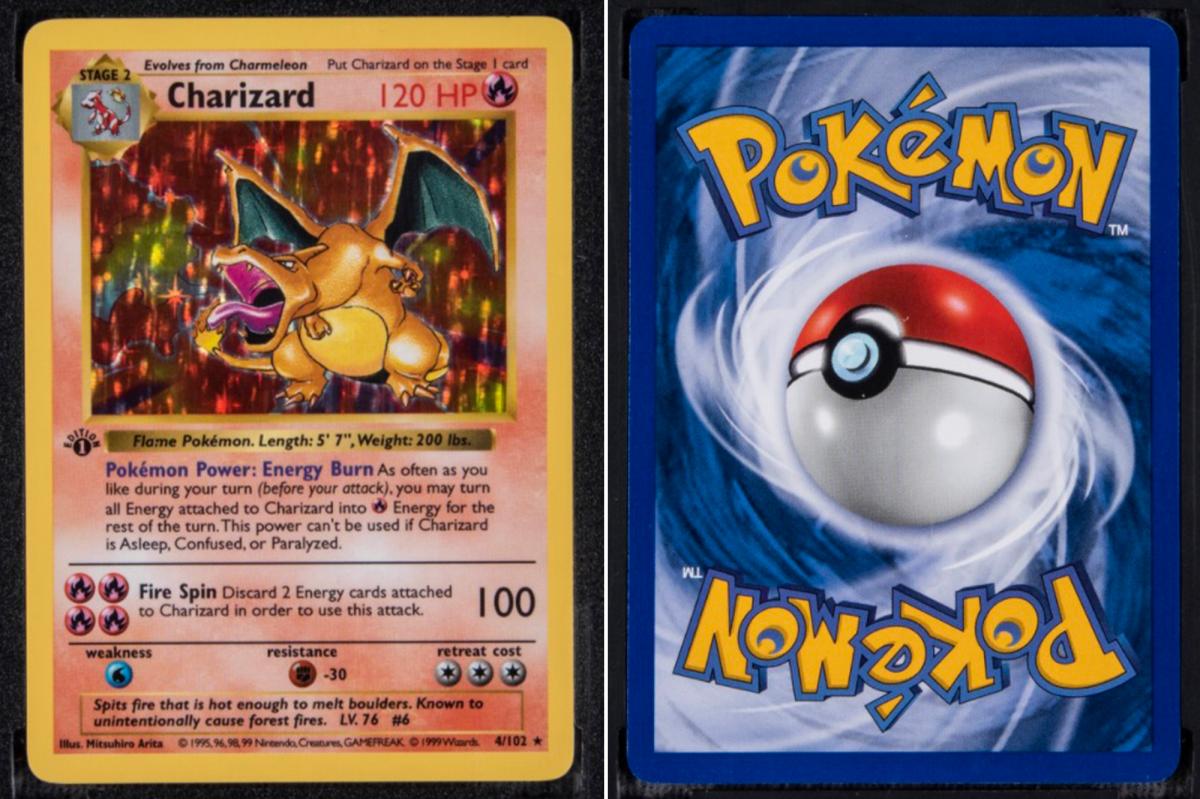
Limited Liquidity vs Booming Digital Market: Selling rare cards traditionally can take weeks or months. In August 2025, tokenized Pokémon card trading volumes hit $124.5 million, with Courtyard leading at $78.4 million and Collector Crypt at $44 million, showcasing rapid liquidity.
-

Geographic Barriers vs Worldwide Access: Traditional collectors face shipping costs and customs issues. Blockchain platforms allow anyone, anywhere to buy, sell, or invest in tokenized cards, expanding the collector base globally.
The bottom line? Trading card NFTs aren’t just a novelty, they’re ushering in an era where value is borderless, transparent, and accessible 24/7. Whether you’re holding onto childhood nostalgia or speculating on rare assets as part of a diversified portfolio, this paradigm shift offers unprecedented opportunities, and challenges, for everyone involved.



